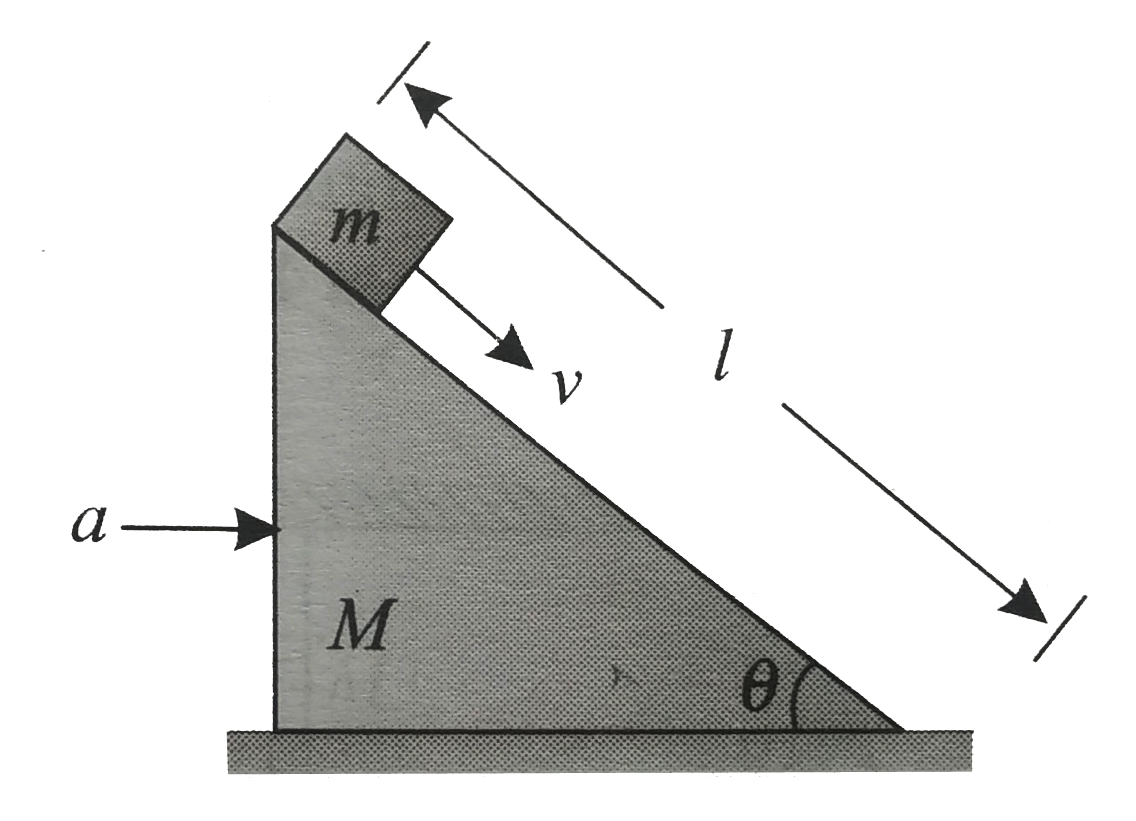A body projected vertically with a velocity 'u' from the ground. Its velocity
(a)At half of maximum height u/2
b) At 3/4th of maximum height u√2
(c) At 1/3rd of maximum height √23u
(d) At 1/4th of maximum height √32u
a and b correct
b is correct
c and d correct
a is correct
The correct Answer is:C
To solve the problem of finding the velocity of a body projected vertically at different heights, we will use the kinematic equations of motion. The key points to consider are:
1. The maximum height H reached by the body when projected with an initial velocity u can be calculated using the formula:
H=u22g
where g is the acceleration due to gravity.
2. The velocity v of the body at any height h can be determined using the equation:
v2=u2−2gh
Now, we will calculate the velocity at the specified heights.
Step 1: Calculate the maximum height H
Using the formula for maximum height:
H=u22g
Step 2: Calculate the velocity at half of the maximum height H2
Substituting h=H2 into the velocity equation:
h=H2=u24g
Now substituting this value into the velocity equation:
v2=u2−2g(u24g)
v2=u2−u22=u22
Taking the square root:
v=u√2
Step 3: Calculate the velocity at three-fourths of the maximum height 3H4
Substituting h=3H4:
h=3H4=3u28g
Now substituting this value into the velocity equation:
v2=u2−2g(3u28g)
v2=u2−3u24=u24
Taking the square root:
v=u2
Step 4: Calculate the velocity at one-third of the maximum height H3
Substituting h=H3:
h=H3=u26g
Now substituting this value into the velocity equation:
v2=u2−2g(u26g)
v2=u2−u23=2u23
Taking the square root:
v=u√23=u√2√3
Step 5: Calculate the velocity at one-fourth of the maximum height H4
Substituting h=H4:
h=H4=u28g
Now substituting this value into the velocity equation:
v2=u2−2g(u28g)
v2=u2−u24=3u24
Taking the square root:
v=√32u
Summary of Results:
- At half of maximum height H2: v=u√2
- At three-fourths of maximum height 3H4: v=u2
- At one-third of maximum height H3: v=u√2√3
- At one-fourth of maximum height H4: v=√32u
H=u22g
where g is the acceleration due to gravity.
v2=u2−2gh
Using the formula for maximum height:
H=u22g
Substituting h=H2 into the velocity equation:
h=H2=u24g
Now substituting this value into the velocity equation:
v2=u2−2g(u24g)
v2=u2−u22=u22
Taking the square root:
v=u√2
Substituting h=3H4:
h=3H4=3u28g
Now substituting this value into the velocity equation:
v2=u2−2g(3u28g)
v2=u2−3u24=u24
Taking the square root:
v=u2
Substituting h=H3:
h=H3=u26g
Now substituting this value into the velocity equation:
v2=u2−2g(u26g)
v2=u2−u23=2u23
Taking the square root:
v=u√23=u√2√3
Substituting h=H4:
h=H4=u28g
Now substituting this value into the velocity equation:
v2=u2−2g(u28g)
v2=u2−u24=3u24
Taking the square root:
v=√32u
- At half of maximum height H2: v=u√2
- At three-fourths of maximum height 3H4: v=u2
- At one-third of maximum height H3: v=u√2√3
- At one-fourth of maximum height H4: v=√32u
Topper's Solved these Questions
- MOTION IN A STRAIGHT LINE BOOK - AAKASH SERIESCHAPTER - MOTION IN A STRAIGHT LINE EXERCISE - EXERCISE -II
80 Videos
- MOTION IN A STRAIGHT LINE BOOK - AAKASH SERIESCHAPTER - MOTION IN A STRAIGHT LINE EXERCISE - PRACTICE EXERCISE
58 Videos
- MOTION IN A STRAIGHT LINE BOOK - AAKASH SERIESCHAPTER - MOTION IN A STRAIGHT LINE EXERCISE - very Short answer type question
15 Videos
- MOTION IN A PLANEBOOK - AAKASH SERIESCHAPTER - MOTION IN A PLANEEXERCISE - QUESTION FOR DESCRIPTIVE ANSWER
7 Videos
- MOVING CHARGES AND MAGNETISMBOOK - AAKASH SERIESCHAPTER - MOVING CHARGES AND MAGNETISMEXERCISE - EXERCISE-III
49 Videos
Similar Questions
A body is projected vertically up with u. Its velocity at half its maximum height is
View SolutionA body is projected vertically up with velocity u from a tower. It reaches the ground with velocity nu. The height of the tower is H=u22g(n2−1)
View Solution
A smooth wedge of mass M is pushed with an acceleration a=>anθ and a block of mass m is projected down the slant with a velocity v relative to the wedge.
The horizontal force applied on the wedge is:
View SolutionA particle is projected from the ground with velocity u making an angle θ with the horizontal. At half of its maximum heights,
View SolutionA particle is thrown vertically upwards. If its velocity is half of the maximum height is 20m/s, then maximum height attained by it is
View SolutionA body is projected with velocity u such that in horizontal range and maximum vertical heights are same.The maximum height is
View SolutionA body is thrown vertically upwards with an initial velocity u. Write an expression for the maximum height attained by the body.
View SolutionA ball is projected vertically upward with a speed of 50m/s. Find (a) the maximum height, (b) the time to reach the maximum height, (c) the speed at half the maximum height. Take g=10ms2.
View SolutionA body is projected with velocity u such that in horizontal range and maximum vertical heights are same.The maximum height is
View SolutionA body is projected with velocity u such that in horizontal range and maximum vertical heights are samek.The maximum height is
View Solution
